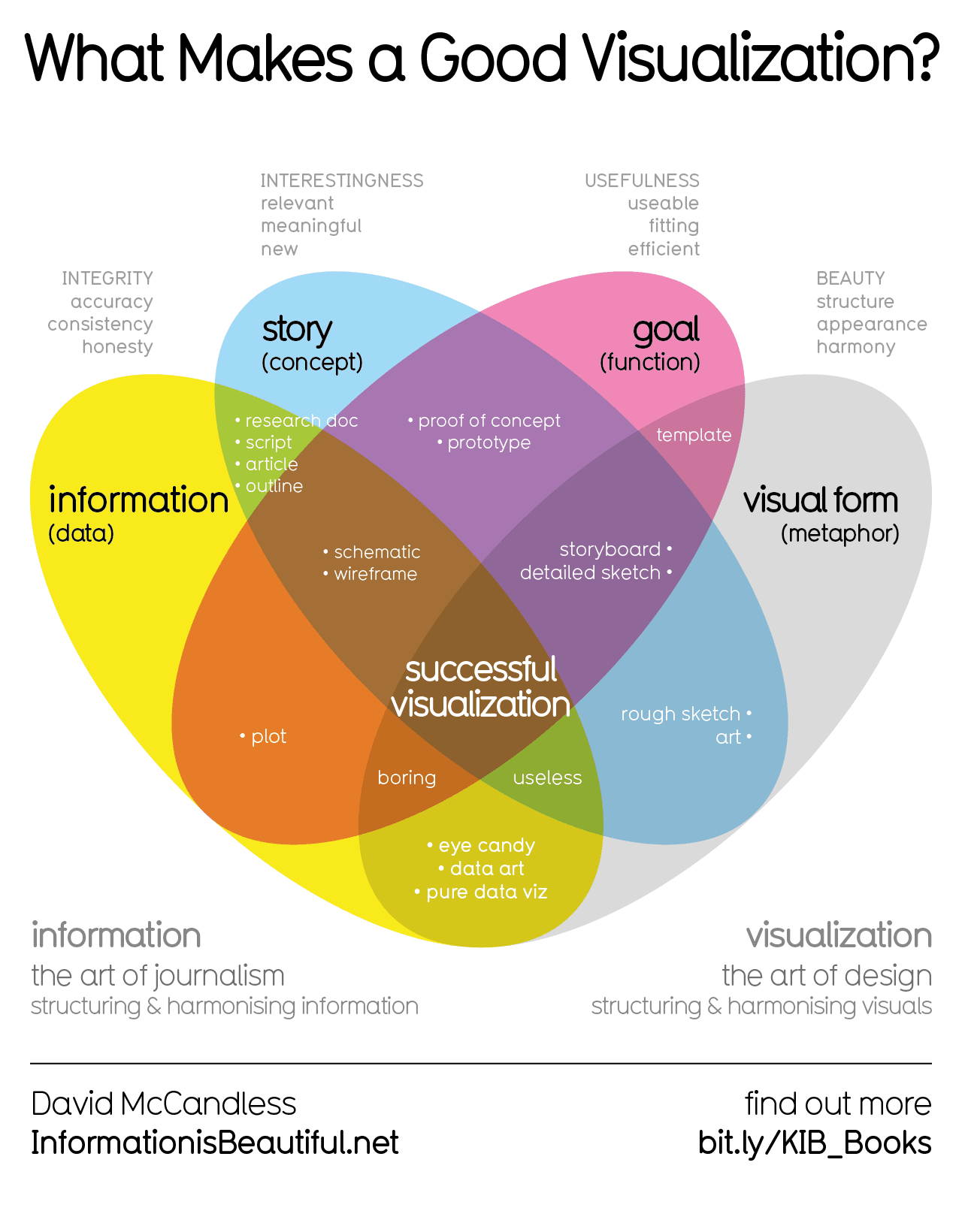

Sequel to Alyx?
Challenge Defeatism. Resist Doomerism. Alt account @ Lemmy.world (now banned).


Sequel to Alyx?





Gotta dream fast!


I think the issue I’ve been grappling with is, where do we draw the line as to what is an ‘acceptable’ murder? Like what if another Healthcare CEO is killed, but they’re violently knifed to death? Are we still celebrating then? What if they’re shot, but raped first? Are we still printing t-shirts? What if they’re shot, but so is their family? What if innocent passers by also get caught in the cross fire? Do we still cheer for them? What level of mental gymnastics do we have to do to justify something as ‘justice’ vs just plain old ‘murder?’ Where does this take us? Where does that reasoning end?


This looks… rough tbh. I honestly thought this was a CW TV series at first.


On Lemmy:
Elsewhere:


I’m a computa! Stop the downloadin’!


So, for contrast I’m going to shamelessly copy-paste an interesting post I found on Reddit recently. Make of it what you will:
AI is significantly less pollutive compared to humans: https://www.nature.com/articles/s41598-024-54271-x
Published in Nature, which is peer reviewed and highly prestigious: https://en.m.wikipedia.org/wiki/Nature_(journal
AI systems emit between 130 and 1500 times less CO2e per page of text compared to human writers, while AI illustration systems emit between 310 and 2900 times less CO2e per image than humans.
Data centers that host AI are cooled with a closed loop. The water doesn’t even touch computer parts, it just carries the heat away, which is radiated elsewhere. It does not evaporate or get polluted in the loop. Water is not wasted or lost in this process.
The most common type of water-based cooling in data centers is the chilled water system. In this system, water is initially cooled in a central chiller, and then it circulates through cooling coils. These coils absorb heat from the air inside the data center. The system then expels the absorbed heat into the outside environment via a cooling tower. In the cooling tower, the now-heated water interacts with the outside air, allowing heat to escape before the water cycles back into the system for re-cooling.
Source: https://dgtlinfra.com/data-center-water-usage/
Data centers do not use a lot of water. Microsoft’s data center in Goodyear uses 56 million gallons of water a year. The city produces 4.9 BILLION gallons per year just from surface water and, with future expansion, has the ability to produce 5.84 billion gallons (source: https://www.goodyearaz.gov/government/departments/water-services/water-conservation). It produces more from groundwater, but the source doesn’t say how much. Additionally, the city actively recharges the aquifer by sending treated effluent to a Soil Aquifer Treatment facility. This provides needed recharged water to the aquifer and stores water underground for future needs. Also, the Goodyear facility doesn’t just host AI. We have no idea how much of the compute is used for AI. It’s probably less than half.
gpt-4 used 21 billion petaflops of compute during training (https://ourworldindata.org/grapher/artificial-intelligence-training-computation) and the world uses 1.1 zetaflop per second (https://market.us/report/computing-power-market/ per second as flops is flop per second). So from these numbers (21 * 109 * 1015) / (1.1 * 1021 * 60 * 60 * 24 * 365) gpt-4 used 0.06% of the world’s compute per year. So this would also only be 0.06% of the water and energy used for compute worldwide. That’s the equivalent of 5.3 hours of time for all computations on the planet, being dedicated to training an LLM that hundreds of millions of people use every month.
Using it after it finished training costs HALF as much as it took to train it: https://assets.jpmprivatebank.com/content/dam/jpm-pb-aem/global/en/documents/eotm/a-severe-case-of-covidia-prognosis-for-an-ai-driven-us-equity-market.pdf
(Page 10)
Image generators only use about 2.9 W of electricity per image, or 0.2 grams of CO2 per image: https://arxiv.org/pdf/2311.16863
For reference, a good gaming computer can use over 862 Watts per hour with a headroom of 688 Watts: https://www.pcgamer.com/how-much-power-does-my-pc-use/
One AI image generated creates the same amount of carbon emissions as about 7.7 tweets (at 0.026 grams of CO2 each, totaling 0.2 grams for both). There are 316 billion tweets each year and 486 million active users, an average of 650 tweets per account each year: https://envirotecmagazine.com/2022/12/08/tracking-the-ecological-cost-of-a-tweet/
https://www.nature.com/articles/d41586-024-00478-x
ChatGPT, the chatbot created by OpenAI in San Francisco, California, is already consuming the energy of 33,000 homes” for 13.6 BILLION annual visits plus API usage (source: https://www.visualcapitalist.com/ranked-the-most-popular-ai-tools/). that’s 442,000 visits per household, not even including API usage.
From this estimate (https://discuss.huggingface.co/t/understanding-flops-per-token-estimates-from-openais-scaling-laws/23133), the amount of FLOPS a model uses per token should be around twice the number of parameters. Given that LLAMA 3.1 405b spits out 28 tokens per second (https://artificialanalysis.ai/models/gpt-4), you get 22.7 teraFLOPS (2 * 405 billion parameters * 28 tokens per second), while a gaming rig’s RTX 4090 would give you 83 teraFLOPS.
Everything consumes power and resources, including superfluous things like video games and social media. Why is AI not allowed to when other, less useful things can?
In 2022, Twitter created 8,200 tons in CO2e emissions, the equivalent of 4,685 flights between Paris and New York. https://envirotecmagazine.com/2022/12/08/tracking-the-ecological-cost-of-a-tweet/
Meanwhile, GPT-3 (which has 175 billion parameters, almost 22x the size of significantly better models like LLAMA 3.1 8b) only took about 8 cars worth of emissions (502 tons of CO2e) to train from start to finish: https://truthout.org/articles/report-on-chatgpt-models-emissions-offers-rare-glimpse-of-ais-climate-impacts/
By the way, using it after it finished training costs HALF as much as it took to train it: https://assets.jpmprivatebank.com/content/dam/jpm-pb-aem/global/en/documents/eotm/a-severe-case-of-covidia-prognosis-for-an-ai-driven-us-equity-market.pdf
(Page 10)


If you ever want good news these are some good places to start:


New photo mode as well!


Removed by mod


👉😎👉


Some of these communities are more active than others, so if you do find them interesting/valuable please post.
Lol, I did. I hadn’t realised that the slow little tree teddys were such a fucking mess of a creature.


I call it ‘the glorification of defeat’ and I genuinely think it’s a serious issue online. We need hope, optimism and positivity to help with our fight against the effects of climate change, not rampant doomerism.


A lot of people on Lemmy need to understand this, because all too often they are ready and eager to pounce on any positive news with dismissive arguments along these same lines i.e ‘why are we wasting money on X when we should be spending it on Y. We’re all doomed’. It’s becoming a tired trope on this platform already.


No one said anything about mindless optimism. You are correct, change is needed and fast, but relentless pessimism achieves nothing except foster defeat. I’m advocating for a realistic approach to how we look at climate change mitigation. Part of being realistic is understanding that things may not be as hopeless as parts of the Internet would like you to believe.


The amount of Doomers on Lemmy and Reddit is depressingly large as well. It’s du jour to act like any talk of climate positivity is naive, change is impossible and collapse is inevitable. Just look at the popularity of whole subs dedicated to Collapse and Doomer material. It’s exhausting trying to challenge the position of some of these users, yet we must try. Hope is an important part of tackling the climate challenges we’re facing, and the glamorisation of defeatism isn’t going to help foster that.
You are 100% correct, negative news has a greater impact on people than positive: https://assets.csom.umn.edu/assets/71516.pdf
Media sites know this, and use it to drive engagement:
https://www.nature.com/articles/s41562-023-01538-4
https://www.independent.co.uk/life-style/social-media-facebook-twitter-politics-b1870628.html
And so, negative headlines are getting worse: https://journals.plos.org/plosone/article?id=10.1371%2Fjournal.pone.0276367
But negative news is addictive and psychologically damaging: https://www.psychologytoday.com/us/blog/why-we-worry/202009/the-psychological-impact-negative-news
So it’s important to try and stay positive:
https://www.goodgoodgood.co/articles/benefits-of-good-news
If you want a break from the constant negativity, here are some sites that report specifically on positive news:
Remember, realistic optimism is important and, unlike what some might have you believe, is not the same as blissful ignorance or ‘burying your head in the sand’: https://www.learning-mind.com/realistic-optimism-blind-positivity/
https://www.centreforoptimism.com/realisticoptimism
And doesn’t mean you must stay uninformed on current affairs: https://www.goodgoodgood.co/articles/how-to-stop-doom-scrolling
https://goodable.co/blog/tips-for-balancing-positive-and-negative-news/
Some world news summaries can be found here:
https://www.bbc.co.uk/news/world-37067259
https://www.economist.com/the-world-this-week
https://theweek.com/
https://www.theskimm.com/daily-skimm
https://detoxed.news/
https://www.briefmedaily.com/